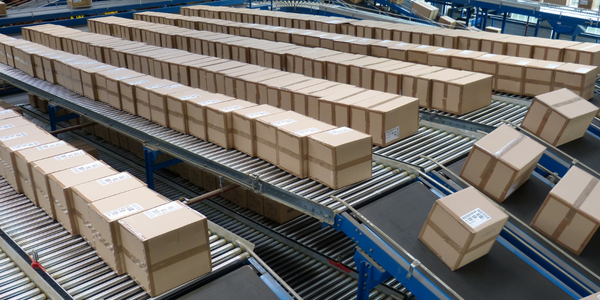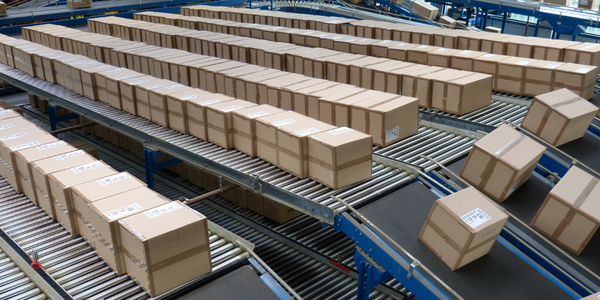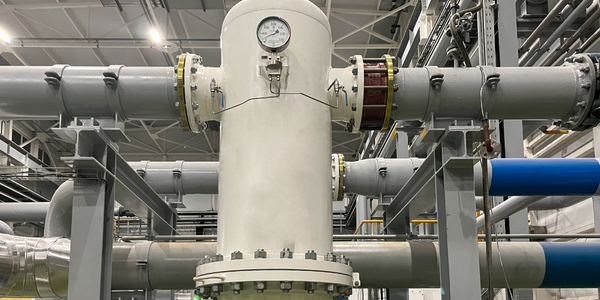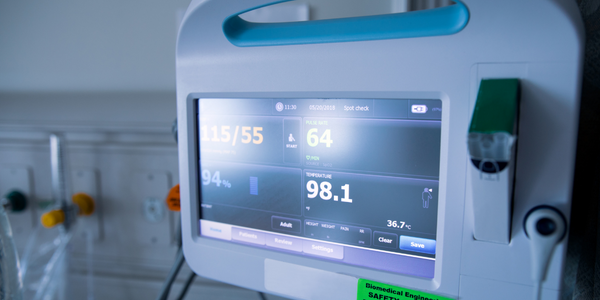技术
- 基础设施即服务 (IaaS) - 云计算
- 基础设施即服务 (IaaS) - 云数据库
适用行业
- 包装
适用功能
- 产品研发
- 销售与市场营销
用例
- 库存管理
服务
- 硬件设计与工程服务
关于客户
Agence Surf 是一家创意营销传播机构,位于法国巴黎西部。该机构拥有超过 25 年的经验,在为三星、马自达、罗氏和 Luxottica 等全球品牌执行成功项目方面拥有良好的记录。 Agence Surf 的团队在品牌、包装和数字营销方面表现出色。他们创造天才的秘诀之一是可靠的字体管理,这对于他们的设计项目至关重要。然而,COVID-19 大流行期间向远程工作的转变对他们既定的工作流程构成了重大挑战。
挑战
Agence Surf 是一家总部位于法国巴黎的创意营销传播机构,当 COVID-19 大流行迫使其转向远程工作时,它面临着重大挑战。该机构以其在品牌、包装和数字营销方面的专业知识而闻名,在其创意项目中严重依赖 Extensis 的字体管理器通用类型服务器 (UTS)。然而,在家工作的要求打乱了他们的工作流程,因为管理服务器硬件上的 UTS 更新成为生产力障碍。该团队需要持续访问 UTS 中的字体,这意味着他们必须始终与 VPN 保持连接。这导致工作流程变慢,尤其是通过 VPN 使用内存密集型设计应用程序时。该机构认识到这种情况是不可持续的,并寻求一种解决方案来提供灵活的字体管理、消除与字体相关的错误并消除创作过程中的混乱。
解决方案
针对 Agence Surf 挑战的解决方案是 Connect Fonts,这是一款基于云的字体管理器,适合各种规模的团队。通过过渡到 Connect Fonts,Agence Surf 的设计师能够以他们习惯的相同字体精度恢复快速工作流程。与之前的系统不同,Connect Fonts 不依赖昂贵的服务器硬件,手动更新也变得过时了。基于云的字体管理器提供快速、轻松的字体管理、分发和自动激活。这意味着 Agence Surf 的每个人都可以随时随地完成他们最好的工作,而无需保持与 VPN 的连接。过渡到 Connect Fonts 使 Agence Surf 能够快速适应远程工作的挑战,使他们能够专注于大局并避免创意混乱。
运营影响

Case Study missing?
Start adding your own!
Register with your work email and create a new case study profile for your business.
相关案例.

Case Study
IoT Data Analytics Case Study - Packaging Films Manufacturer
The company manufactures packaging films on made to order or configure to order basis. Every order has a different set of requirements from the product characteristics perspective and hence requires machine’s settings to be adjusted accordingly. If the film quality does not meet the required standards, the degraded quality impacts customer delivery causes customer dissatisfaction and results in lower margins. The biggest challenge was to identify the real root cause and devise a remedy for that.

Case Study
Zenon the Ideal Basis for An Ergonomic HMI
KHS develops and produces machines and equipment for filling and packaging in the drinks industry. Because drinks manufacturing, filling and packaging consist of a number of highly complex processes, the user-friendly and intuitive operation of equipment is increasingly gaining in significance. In order to design these processes as simple as possible for the user, KHS decided to introduce a uniform, transparent and standardized solution to the company. The HMI interface should meet the requirement for people with different qualifications and enable them to work on a standard platform.

Case Study
Sparks Dynamics Assists Atlas Container Secure a $15,000 BGE Energy Rebate
The ReMASTER Compressed Air Monitoring system was installed in 2015. This system is capable of monitoring compressed air system parameters on a continuous basis and transferring that information to a cloud server which can be accessed by Atlas Container personnel, Industrial Diagnostics and Sparks Dynamics. This information was collected into a database which can be exported to an Excel spreadsheet or displayed graphically using Sparks Dynamics ViewMaster Software. The average annual compressed air electricity expense was estimated to be approximately $116,000. This is based on an incremental $/KWh electric rate of $.091 per KWh and an estimated compressed air energy consumption of 1,279,200 KWH. The implementation phase of Energy Conservation Measures (ECMs) for the Compressed Air System included: • Identification and repair of compressed air leaks • Understanding of compressed air usage per manufacturing machine and installation of shut off valves when the machines are no longer in production mode • Identification of misapplications of compressed air to include blow offs, venturis, and cooling scenarios • Understand system pressure requirements and potential installation of point of use pressure regulation.

Case Study
Mondi Implements Statistics-Based Health Monitoring and Predictive Maintenance
The extrusion and other machines at Mondi’s plant are large and complex, measuring up to 50 meters long and 15 meters high. Each machine is controlled by up to five programmable logic controllers (PLCs), which log temperature, pressure, velocity, and other performance parameters from the machine’s sensors. Each machine records 300–400 parameter values every minute, generating 7 gigabytes of data daily.Mondi faced several challenges in using this data for predictive maintenance. First, the plant personnel had limited experience with statistical analysis and machine learning. They needed to evaluate a variety of machine learning approaches to identify which produced the most accurate results for their data. They also needed to develop an application that presented the results clearly and immediately to machine operators. Lastly, they needed to package this application for continuous use in a production environment.

Case Study
Automated Pallet Labeling Solution for SPR Packaging
SPR Packaging, an American supplier of packaging solutions, was in search of an automated pallet labeling solution that could meet their immediate and future needs. They aimed to equip their lines with automatic printer applicators, but also required a solution that could interface with their accounting software. The challenge was to find a system that could read a 2D code on pallets at the stretch wrapper, track the pallet, and flag any pallets with unread barcodes for inspection. The pallets could be single or double stacked, and the system needed to be able to differentiate between the two. SPR Packaging sought a system integrator with extensive experience in advanced printing and tracking solutions to provide a complete traceability system.

Case Study
Industry 4.0 at ALPLA: Enhancing Factory Efficiency with IoT
ALPLA, a global leader in packaging solutions, faced several challenges as the complexity of their production machinery increased. The need for highly trained specialists in each factory led to higher personnel costs, difficulties in recruiting experienced talent at each location, and costly personnel turnover. Furthermore, less experienced operators running the machines sub-optimally impacted resource consumption and overall equipment effectiveness (OEE). ALPLA also faced the challenge of monitoring visual inspection systems in every line of their plants, which was almost impossible to do manually. In 2016, ALPLA decided to use data from the 900 different types of embedded sensors in each factory to address these issues. However, their initial choice of SQL Server as the data store for the sensor data proved inadequate, as it was unable to cope with their data requirements.







